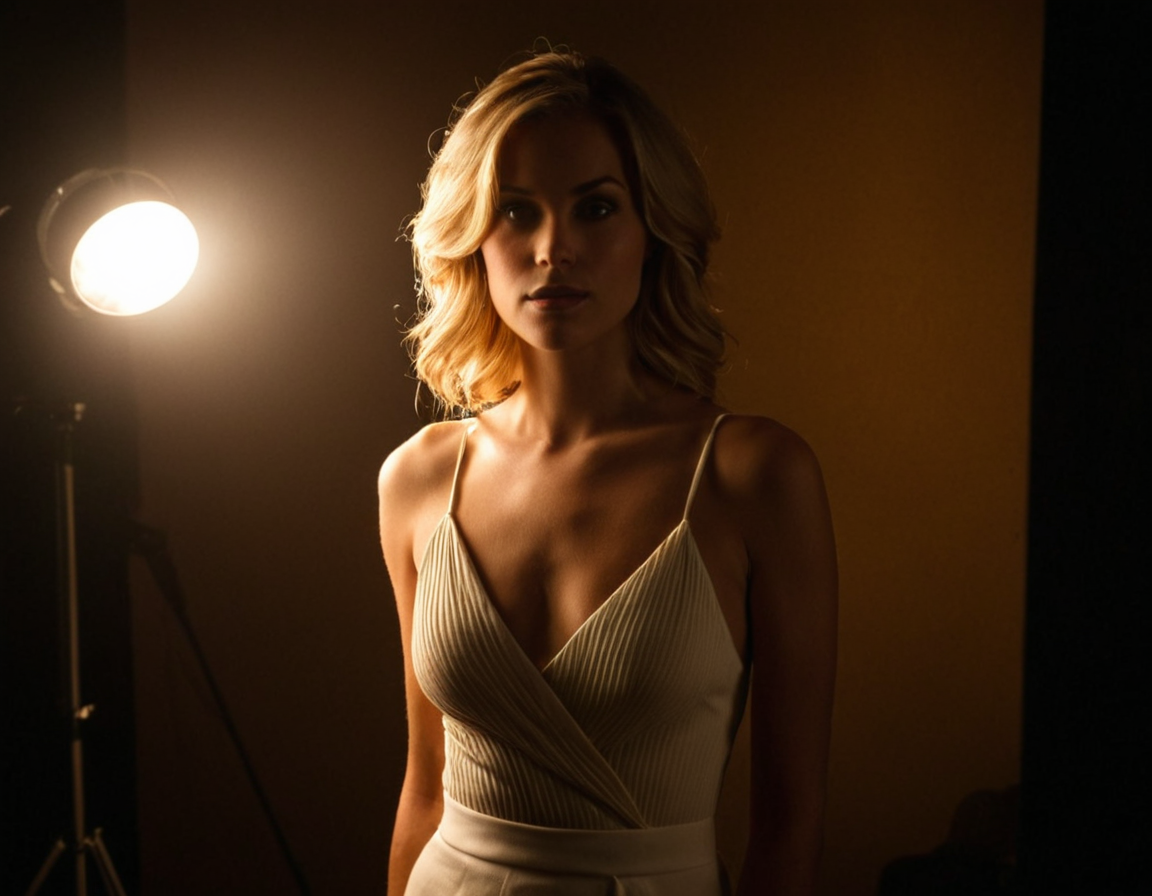Light It Right - Pro Tips on Portrait Lighting

Mastering the Art of Lighting for Portraits: Tips and Tricks for Natural Light and Studio Fluorescence
Lighting is one of the most critical elements in portrait photography, as it can make or break the overall aesthetic and emotional impact of an image. In this article, we will explore the principles of lighting for portraits, focusing on both natural light and studio fluorescence techniques.
Introduction
Portrait photography is a highly subjective art form, where the photographer’s vision and creative decisions can significantly influence the final result. Lighting plays a pivotal role in shaping the mood, atmosphere, and character of an image. In this article, we will delve into the world of portrait lighting, discussing the importance of understanding natural light and studio fluorescence techniques.
Understanding Natural Light
Natural light is an essential aspect of portrait photography, as it can add depth, texture, and dimension to an image. However, working with natural light also presents significant challenges, including:
- Unpredictable light sources
- Harsh shadows
- Difficulty controlling exposure
To work effectively with natural light, photographers must develop a keen understanding of the environment and the light’s behavior.
- Golden Hour: The hour just before sunset or after sunrise, when the light is soft and warm.
- Harsh Midday Light: Direct sunlight during the middle of the day, which can produce unflattering shadows.
- Overcast Skies: Soft, diffused light that can be challenging to work with.
To mitigate these challenges, photographers can use various techniques, such as:
- Positioning: Adjusting the subject’s position relative to the light source to minimize harsh shadows.
- Filters: Using neutral density or graduated filters to control exposure and balance the light.
- Reflectors: Employing reflectors to bounce light onto the subject and fill in shadows.
Studio Fluorescence Lighting
Studio fluorescence lighting is a highly controlled and customizable alternative to natural light. This technique involves using specialized lights, such as LED panels or strobes, to create a specific atmosphere and mood.
- Key Light: A primary light source that illuminates the subject’s face.
- Fill Light: A secondary light source used to fill in shadows and create depth.
- Hair Light: A light source positioned behind the subject to create a soft, subtle glow.
Studio fluorescence lighting offers unparalleled control over the final result, allowing photographers to:
- Create complex, high-contrast images
- Achieve precise color matching and grading
- Experiment with innovative techniques and effects
However, this technique also requires significant investment in equipment and expertise.
Conclusion
Mastering the art of lighting for portraits is a continuous learning process that demands dedication, patience, and practice. By understanding natural light and studio fluorescence techniques, photographers can unlock new creative possibilities and push the boundaries of their craft.
Tags
natural-lighting-for-portraits studio-fluorescence-techniques portrait-lighting-tips photography-tutorials photo-editing-with-luminosity
About Camila Rodriguez
Hi, I'm Camila Rodriguez, a seasoned photographer and blog editor passionate about inspiring creative minds. With a background in photography and a knack for crafting engaging tutorials, I help bring the best photography techniques and tools to life on lentecreativa.com.
